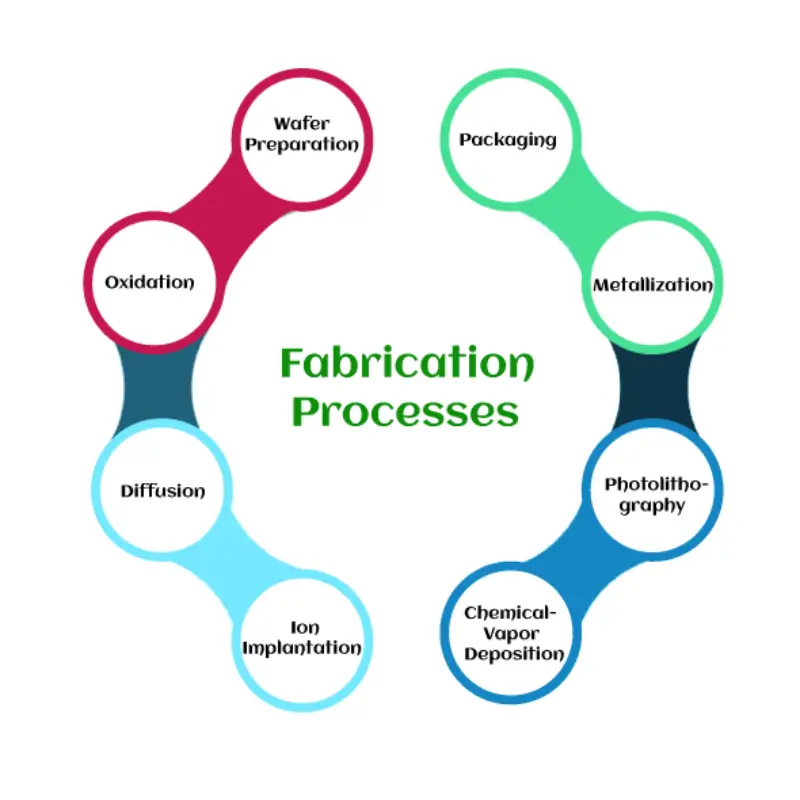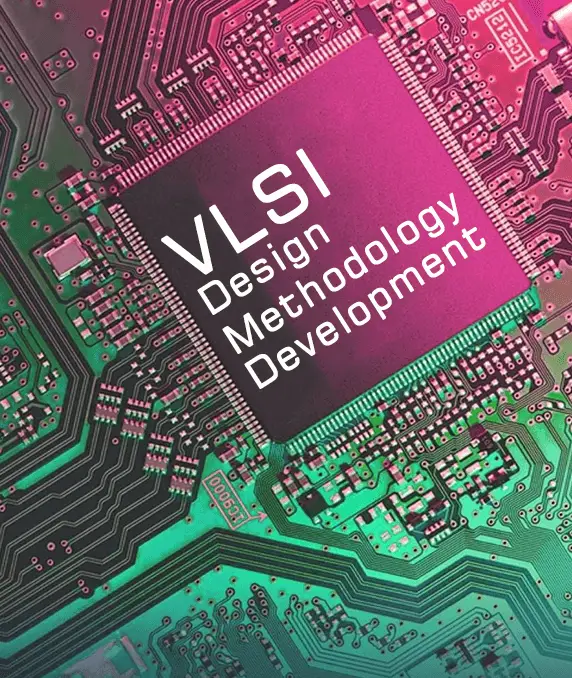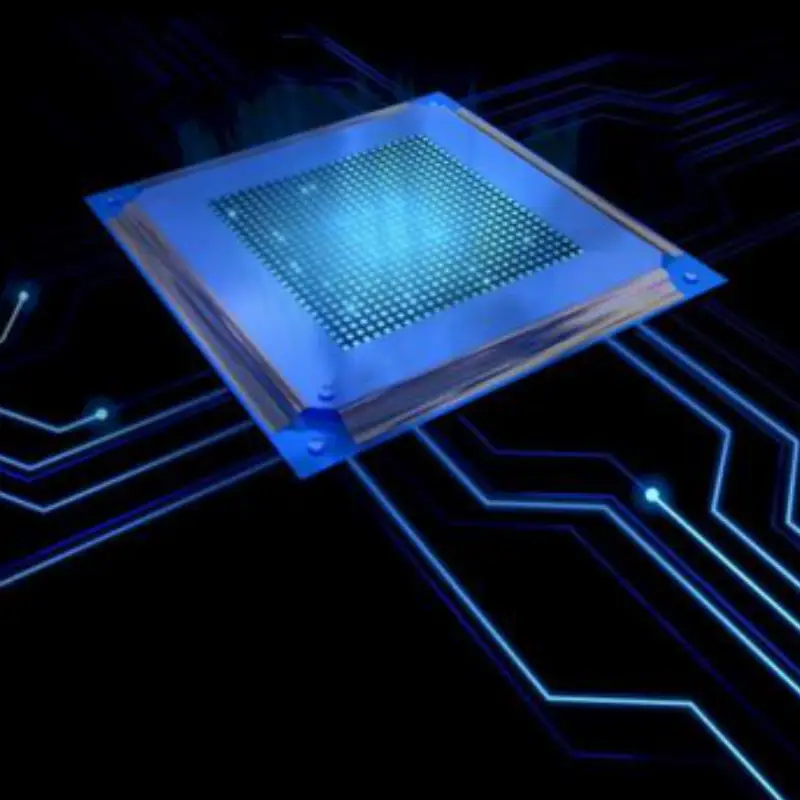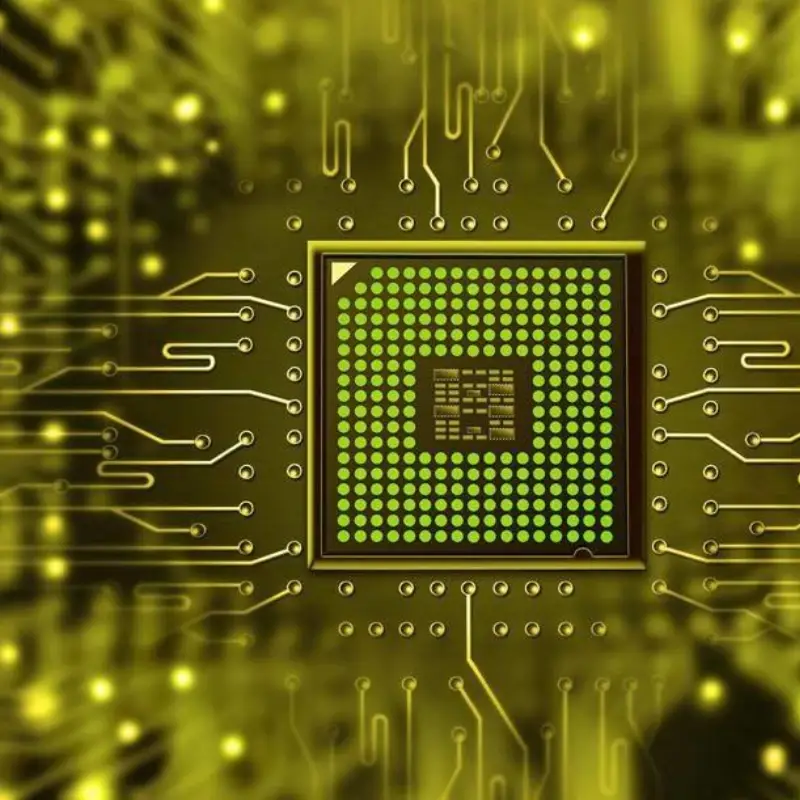Integrated Circuit Fabrication: Unveiling the Magic Behind Modern Electronics
Integrated Circuit Fabrication: Unveiling the Magic Behind Modern Electronics: This comprehensive guide peels back the layers of integrated circuit fabrication, revealing the fascinating processes that transform raw materials into the tiny powerhouses driving modern technology.
Integrated Circuit Fabrication Process

Integrated Circuit Fabrication takes silicon wafers and carves intricate circuits onto them layer by layer. This includes steps like:
- Wafers: Slicing silicon ingots into thin discs.
- Patterning: Using light and etching to create circuit features.
- Doping: Adding impurities to create different electrical properties.
- Layering: Depositing thin films of metals and insulators.
- Testing & Packaging: Ensuring functionality and protecting the delicate circuits.
This complex dance of engineering creates the tiny marvels that power our devices.
Digital Integrated Circuit Design From Vlsi Architectures to Cmos Fabrication

It starts with high-level planning (VLSI architectures) and works its way down to the nitty-gritty (CMOS fabrication). Key areas covered include:
- Chip Architecture: Designing the overall functionality and data flow of the chip.
- Digital Circuitry: Building blocks like logic gates and flip-flops that make the chip work.
- Design Tools: Software to create, simulate, and test the chip’s behavior.
- CMOS Fabrication: Understanding how the chip is physically built using CMOS technology.
By understanding these areas, you’ll gain the knowledge to design and create your own digital integrated circuits.
Integrated Circuit Fabrication Technology
Integrated Circuit (IC) fabrication technology, also known as semiconductor fabrication, is the intricate process of transforming raw silicon wafers into the tiny, complex electronic marvels we call microchips. These microchips are the brains behind countless modern devices, from smartphones and computers to medical equipment and automobiles.
The Benefits:
- Miniaturization: IC fabrication allows for cramming billions of transistors onto a tiny chip, leading to smaller, more powerful devices.
- Complexity: This technology enables the creation of incredibly complex circuits with diverse functionalities.
- Performance: Advanced fabrication techniques lead to faster, more efficient chips.
- Cost-Effectiveness: Mass production through batch processing makes ICs relatively affordable.

Hybrid Integrated Circuit Fabrication

Hybrid integrated circuit fabrication offers a valuable approach for specific applications where combining pre-fabricated components and leveraging diverse materials provides significant advantages. However, understanding the size and cost trade-offs is crucial when choosing between HICs and monolithic ICs.
Applications:
- Power Electronics: HICs are well-suited for circuits requiring high-power handling, such as motor drivers and power converters.
- RF and Microwave Applications: The superior thermal properties of HIC substrates make them ideal for high-frequency circuits.
- Legacy System Integration: HICs can be used to integrate older discrete components with newer ICs, extending the life of existing systems.